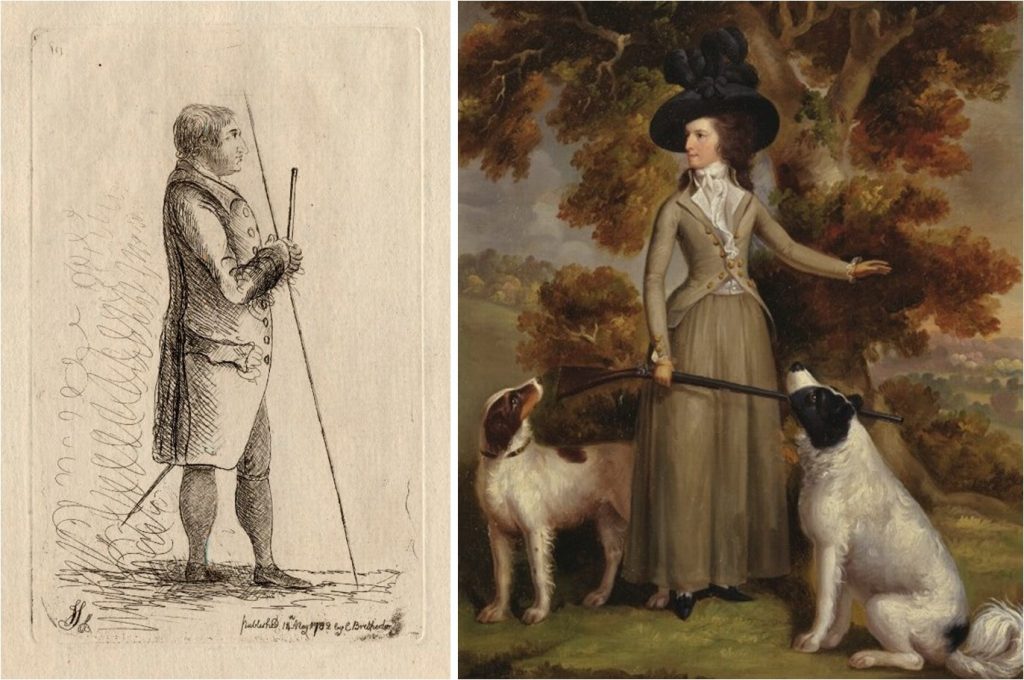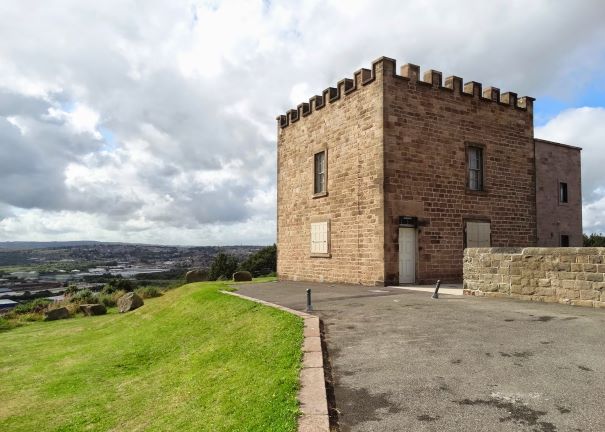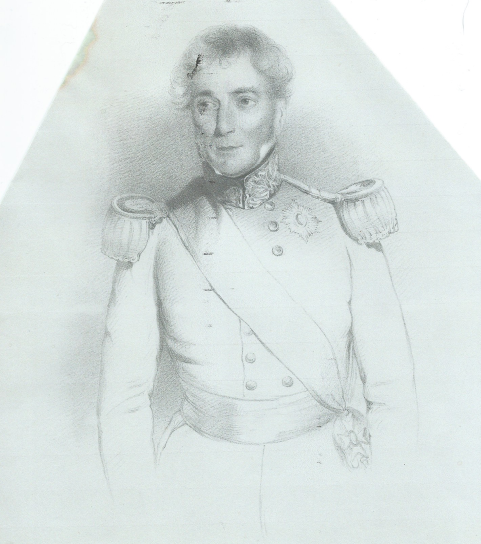The Earls of Effingham were a junior branch of the House of Howard whose head was the Duke of Norfolk.
They were descendants of Charles Howard, 1st Earl of Nottingham who was an English commander who defeated the Spanish Armada.
The Effingham family seat was in Surrey, but they became major landowners in Rotherham by marriage.
On the dissolution of the monasteries, George Talbot, 4th Earl of Shrewsbury was given the possessions of Rufford Abbey which included the lordship of Hallam. After the death of the 8th Earl of Shrewsbury, the vast estate was divided amongst the female line. Edwards’s niece was Lady Alethea who married Thomas Howard, 14th Earl of Arundel. They inherited the vast Hallamshire estate which included the manors of Rotherham and Kimberworth.
The estate remained in the Howard family and the Rotherham and Kimberworth manors were eventually separated from Hallamshire. On the death of Henry Howard, 6th Duke of Norfolk, in 1648 the estate was left to his second wife, Jane Bickerton, who established a household at Holmes. After her two heirs died childless, the estate then passed to distant relative, Francis Howard, who was created 1st Earl of Effingham in 1731.
Francis was the grandfather of Thomas Howard, 3rd Earl of Effingham, who inherited the title and estate in 1763 aged 17. He eloped to Gretna Green to marry Catherine Proctor in 1768 before returning to their married residence of Holmes Hall.

The 3rd Earl was an army officer who became a lieutenant then captain in the Coldstream Guards. After the French wars, Thomas was put on half pay so volunteered as a mercenary for the Russian Army in the Russo-Turkish war. He couldn’t get off that list or gain promotion, so unemployment led to him devoting his time to local affairs, becoming a Feoffee and magistrate.
He bought the Thundercliffe Grange estate in 1771 to develop a new family home. He then built a shooting lodge, Boston Castle, a defensive like structure atop the Canklow Woods escarpment overlooking his estate.
It is thought the Earl named his shooting lodge after the Boston Tea Party which occurred in the same year, 1773; he decreed that no tea should be drunk there. Effingham was a Whig supporter and captain in the military. But he was held a staunch neutral position in the American War of Independence. He neither agreed with the British government’s laws on taxation, nor the American colonies’ rebellion.

For years he’d been seeking military action. But when his regiment was deployed to New York in 1775, Effingham refused to sail. He wrote to the Secretary of State to resign his commission, stating, ‘As I cannot, without reproach from my conscience, consent to bear arms against my fellow subjects in America in what, to my weak discernment, is not a clear cause.’
In tribute to his integrity, Effingham had an American navy ship named after him, as well as two counties and one town: Effingham County, Georgia, Effingham County, Illinois, and Effingham, New Hampshire.
Effingham and his countess took up residence at Thundercliffe Grange in 1777 where they lived happily for 12 years. During that time, he held various high-ranking roles. He was deputy Earl Marshall for five years, was made treasurer and privy counsellor under his close friend, the Marquis of Rockingham, when he became prime minister in 1782, and spent another five years as Master of the Royal Mint.
In 1789, Effingham became the Governor of Jamaica. His mother had been born in Jamaica and was Queen Charlotte’s lady in waiting for 30 years. Effingham and his wife Catherine relocated to the West Indies. She died of liver disease while at sea in 1791. Effingham died a month later aged 44.
The couple had been childless so the title passed to Thomas’ brother, Richard. The title, and the estate, remained in the Howard family for many years.

In 1850, the Earl of Effingham Estate Act passed to develop their lands for the growing population in Rotherham. Housing estates were created at East Dene, Eastwood and Broom. New streets were laid at College Street and Bridgegate, and new offices for the health board were built on Howard Street in 1853.
Even after the Effinghams left Rotherham in 1860, the continued to support the town. They gave £678 towards the building of a new hospital and sold their land at Doncaster Gate for the new site.
The Effinghams’ last connection to Rotherham died with the 4th Earl in 1927. But their legacy lives on in the form of Boston Castle and the surrounding park, Thundercliffe Grange, and the many roads and buildings in the town centre that have been named after the family.






